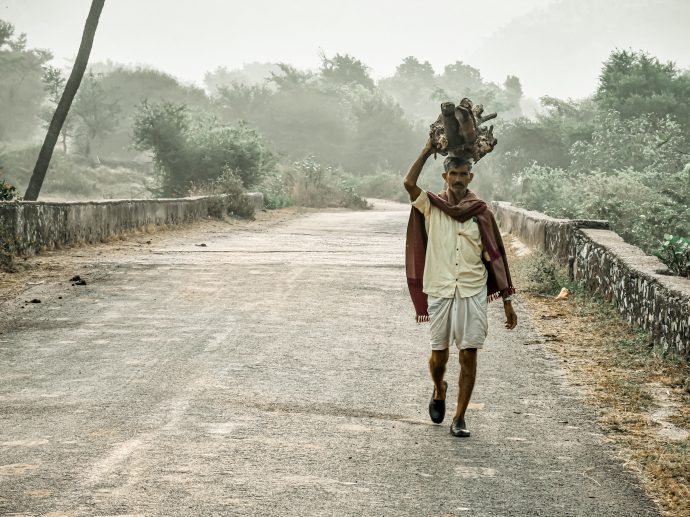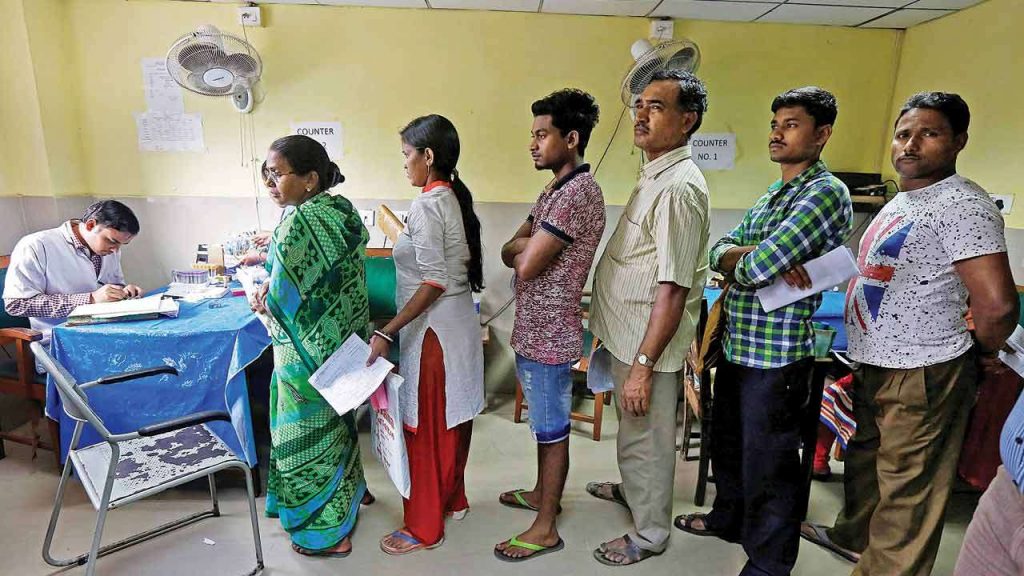public health: a far cry for rural india during covid19

Maya (name changed) a contractual labourer serving a family of four, travels more than five miles each day, sometimes in a local tuk-tuk or on foot, to reach the construction site in the urban fringes of the city. She has worked for more than eight hours since the lockdown eased in her village in Southern Assam. She has faced a lot of issues with the local clinic due to the improper availability of medical professionals.
Her village folks have either died due to improper treatment or paid a huge sum for petty health issues. The situation became so worse that they restrained themselves from visiting any clinics, even during the pandemic. She is not alone. This is not just one story but many such stories of failing public health galore in the hinterlands of India.
It has been close to a year since the novel coronavirus has disrupted the work cycle and economy of the nation. Now we see some good signs as India has started lowering the curve of infected populations and is estimated that things could go back to normal with time. But the economic disparity among the Indian citizens caused a lot of chaos, misinformation and condition of apathy.
Disparity or inequality should not be confused with the idea of “equal wealth” distribution among all sections of society, as it is not a perfect solution and hardly achievable, but disparity refers to the income opportunity or basic infrastructure which should have been provided which are absent and areas with ample infrastructure are overloaded with projects and facilities.
Inequality in India
Inequality is measured using the distribution of income and wealth, and in some cases, ethnicity, topography and another structural phenomenon which causes categorical inequalities is used to measure Durable inequality. For this article, I am referring to a definition which encompasses both economic (assets and income) and social (housing, healthcare, infrastructure, accessibility, etc) inequalities which causes a major imbalance among the population.
The pathetic state of our health infrastructure coupled with low numbers of quality health experts who are concentrated only in a specified area led to lots of untimely deaths and costly recovery which further made the situation worse as people mostly residing in tier II & III cities lost hope on govt health facilities and avoided proper treatment.
State of Public Health in ‘Real’ India
In many rural areas where proper medical experts are few and far between, ‘quacks’ or informal health care providers, typically male and in their forties, who had spent a decade or more assisting qualified doctors before starting their rural clinics, took the place of qualified professionals. They also outnumber qualified doctors in India’s heartland, where health care is spotty.

The state of West Bengal alone estimated 100,000 informal rural health care providers. These unqualified doctors called quacks, provide the first line of healthcare in tens of thousands of Indian villages. The reason for such profound dissidence was the financial and infrastructure disparity that India is known for, this can be because India spends a paltry 1.28% of its GDP on public health, one of the lowest in the world. These fault lines are laid bare in this COVID-19 crisis.
The concentrated development where major hospitals and quality doctors are located only in selected districts in a state or only in one city for the entire region. For instance, there is a huge skew in the distribution of doctors working in urban and rural areas, with the urban to rural doctor density ratio being 3.8:1
International Journal of Medicine and Public Health also pointed to the causes behind the lack of resources in rural India. “The scarcity of health manpower in rural areas of India was due to skewed prioritization and distribution of resources. This can be corrected by reversing the urban-centric planning and bringing equity in social development,” it said.
Innovation to bridge the gap
India has seen a skewed economic growth since independence and is trying to cover the past mishaps which can be reflected in the geographical distribution of development and its reach. Disparities cannot be annihilated but can be reduced significantly, which will also cause its spread effect on its population and can lessen the burden of public administration.
We can also see innovative techniques like the one done by Daganta Swaraj Foundation and their “Spoken School” initiative where pre-recorded school chapters are played to village students through loudspeakers and microphones, the volunteers travel far into rural inhabitancy and gather students while taking care of social distancing measures, currently, they are active in six villages located in Western India.
Innovation & scalability in health care for rural India is the need of the hour.

